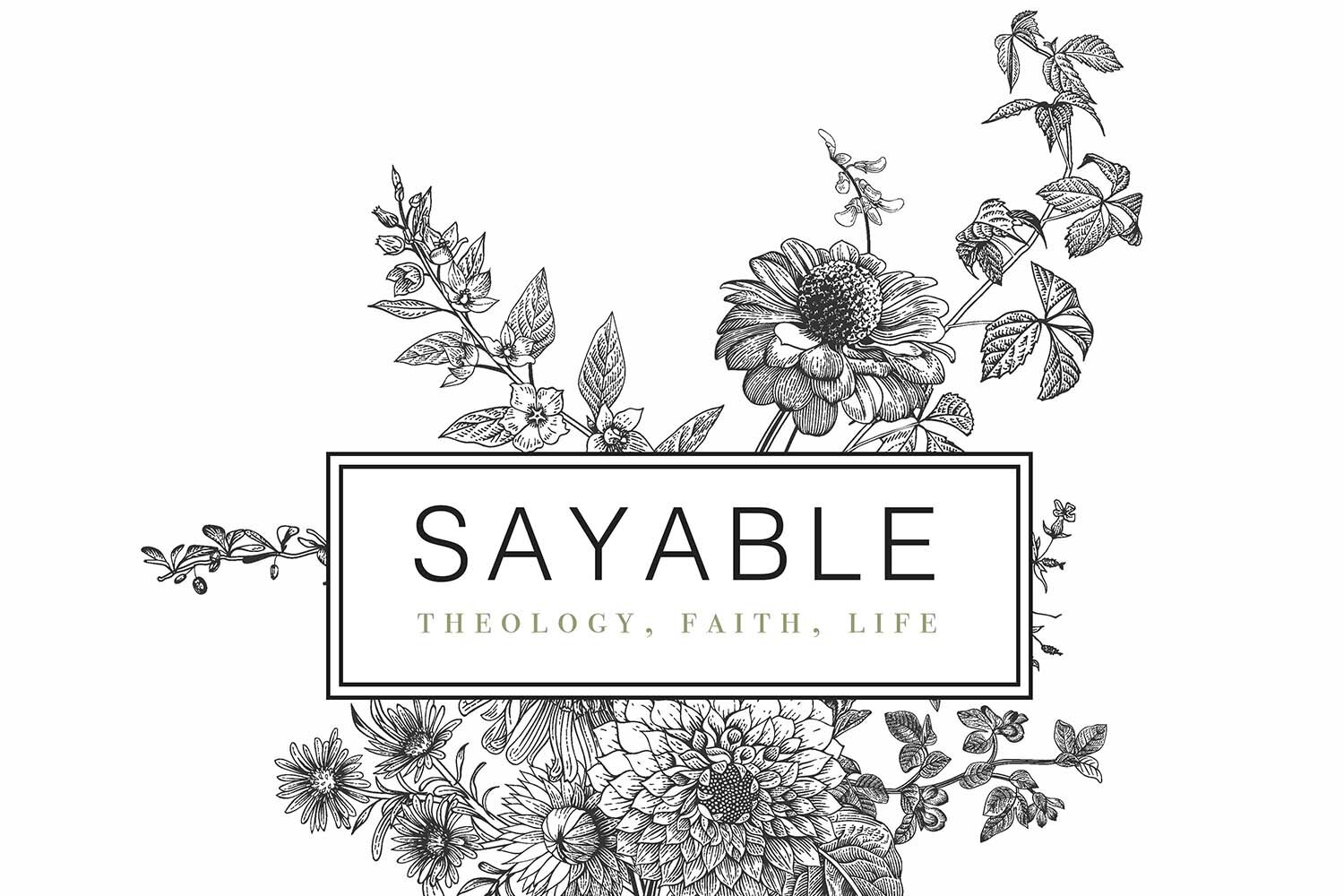Caught and Taught: a continuing journey to the liturgical
There is no singing or shared wine or dipped bread, but there is the rising and sitting, the order of service, and the words formed in dry and masked mouths. There are familiar patterns and prayers and creeds and colors and calls and responses. There is the church calendar. And in this we find comfort.
I have acute memories of visiting my grandmother’s Roman Catholic church when I was small, and even more acute memories of my dad recounting how he feared a strike of lightning when he left the Roman Catholic church. As a child I wondered if I would also risk a lightning strike by merely entering the door of this terrible place. I remember laying on the cool stone floor beneath the pew fingering a run in my grandmother’s nylons. I remember being scolded for scuffing my white plastic shoes. I remember the smells, the bells, the robes, the prayers, and the stained glass stories.
These are the memories that surfaced when my husband wanted to attend an Anglican church when we lived in D.C.—these awful, terrible memories of lightning strikes and rote actions. I knew nothing about Anglicanism apart from the echos of my childhood fears of the liturgical. I admit ignorance. But after seven months of not having a church home, I went and in the strange familiarity there was something else: the gospel of Jesus Christ preached not just with words, but actions too. There was life here in this place and joy and good theology (though some of it strange to me). There was embodiment of theology, seen, tasted, felt, and sensed instead of simply spoken. I was wooed.
This was before I understood all the Anglican communion has weathered over the past few decades, the splits and the factions. This was before I understood about the Anglican Church of North America and the Episcopal Church and remnants and dioceses. Every church has its history and not one is unscathed from splits and scandals. I’m not sure why we’re so surprised when we encounter it these days. We who believe the gospel is true know we are broken and blemished until Christ presents us perfect, and this he has not yet. Until then we must navigate our way in a world where most of us are doing our best to do what seems best. The more I understood, though, the more drawn I was into this enacted gospel of Sunday mornings and whole years.
I admit it, I was burnt out from environments where preaching and pastors were central. I was working on a book about the body, which meant I was thinking about incarnation and embodiment and things like consubstantiation and baptism and the sacramental life. I was disillusioned with Christians who prioritized the mind or heart over the body. I wanted a place where we didn’t have to fracture the human experience into levels and values. I was also coming to realize there was real value (for me) in being able to move from one degree of faith to another without naming the former bad or the latter better. That the life of the Christian is meant to be formed and reformed, constructed and deconstructed, again and again until we are presented perfect. And that one of the scandals of denominationalism is that we can become one-trick ponies, perfecting that for which our denomination is known and never moving into what is uncomfortable or new or different or old or challenging.
Because of that, I have made this move slowly. It has been four years now of fits and starts, of studying and thinking and praying and longing, of doing my darnedest to not leave one thing simply because of disillusionment, but because of true conviction. It has been more difficult than I will say here, but it has become more clear as time progresses. This is the direction in which we move but it is not the place we promise to never leave.
I had pneumonia in late December and January of this past year and was coughing through the end of February. Because our church met in a small building, I stayed home. In March I went for the first time in two months, three days later services ceased because of the pandemic and I haven’t gathered again with a church body until this month. The church building is a familiar one to me, an historic one in our village, the steeple seen across the river from our home. The people are foreign to me except that they are locals and I feel at home with them. But the liturgy, this is what I wanted to say, the words we say, the prayers we offer, the confession we speak, and the creeds we remember—these are the same. The same as our church in D.C., the same as our church in Dallas. The same words the Church is speaking, reading, offering, praying, and saying all over the world on their Sunday morning too. I’m captured and caught by that these days. In these days of division and disunity, I’m absolutely bought into a place of communion, where what unites us is far stronger, far deeper, and far more beautiful than what divides us.
This is where I am today.
From a snowy day many years ago.

